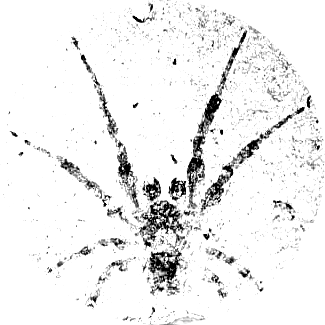Overview¶
Tethne is a Python software package for parsing and analyzing bibliographic metadata. The overarching goal of the project is to make it easier for scholars to build metadata-based network models, such as co-author and co-citation graphs.
You can use Tethne to parse bibliographic metadata from the ISI Web of Science, JSTOR Data-for-Research, and even your Zotero collections (support for Scopus is planned, stay tuned!), and use those metadata to generate graphs for analysis and visualization.
Who uses Tethne?¶
Tethne was developed with tech-savvy scholars in the humanities and social sciences in mind, especially those interested in scientific change.
Python¶
This documentation assumes that you are familiar with the Python programming language. Python is a high-level programming language that has gained widespread adoption in the world of scientific computing. It’s easy to learn, and has accrued a rich ecosystem of high-performance scientific and numerical libraries. Environments like Jupyter/IPython have made Python extremely accessible for those with little or no background in programming.
For a gentle introduction to Python, check out learnpython.org.
Tethne is developed in Python 2.7. Python 3 is a distinct language from Python 2.7, and many packages have not yet made the leap to this new platform. A Python 3-compatible version is in the works, however, so stay tuned!
How to cite¶
Peirson, B. R. Erick., et al. (2016). Tethne v0.7. http://diging.github.io/tethne/
For a complete list of contributors, see Contributors.
License¶
Tethne is free software: you can redistribute it and/or modify it under the terms of the GNU General Public License as published by the Free Software Foundation, either version 3 of the License, or (at your option) any later version.
Tethne is distributed in the hope that it will be useful, but WITHOUT ANY WARRANTY; without even the implied warranty of MERCHANTABILITY or FITNESS FOR A PARTICULAR PURPOSE. See the GNU General Public License for more details.

Contributors¶
Tethne is developed by the Digital Innovation Group at Arizona State University. Countless people have contributed to this project over the years, so the list below is undoubtedly incomplete.
Project lead: Erick Peirson.
DigInG developers:
- Aaron Baker
- Ramki Subramanian
- Abhishek Singh
- Yogananda Yalugoti
External contributors:
How to contribute¶
Check out the
developbranch:$ git checkout developCreate a new branch for your contribution, e.g.
git checkout -b issue45Make your changes. Be sure to include a docstring for each function and class!
Write tests. We aim for 95% test coverage. Put your tests in
tests, where they belong.Ensure that all of your tests are passing. We use nose. Test with:
$ nosetests --with-coverage --cover-package=tethne --cover-min-percentage=95
Check for code cleanliness! Code should conform to PEP 0008 <https://www.python.org/dev/peps/pep-0008/>. We use Pylint. For example:
$ pylint tethne/mycontribution.pyCreate a pull request. Be sure to select
diging/developas the base branch.

